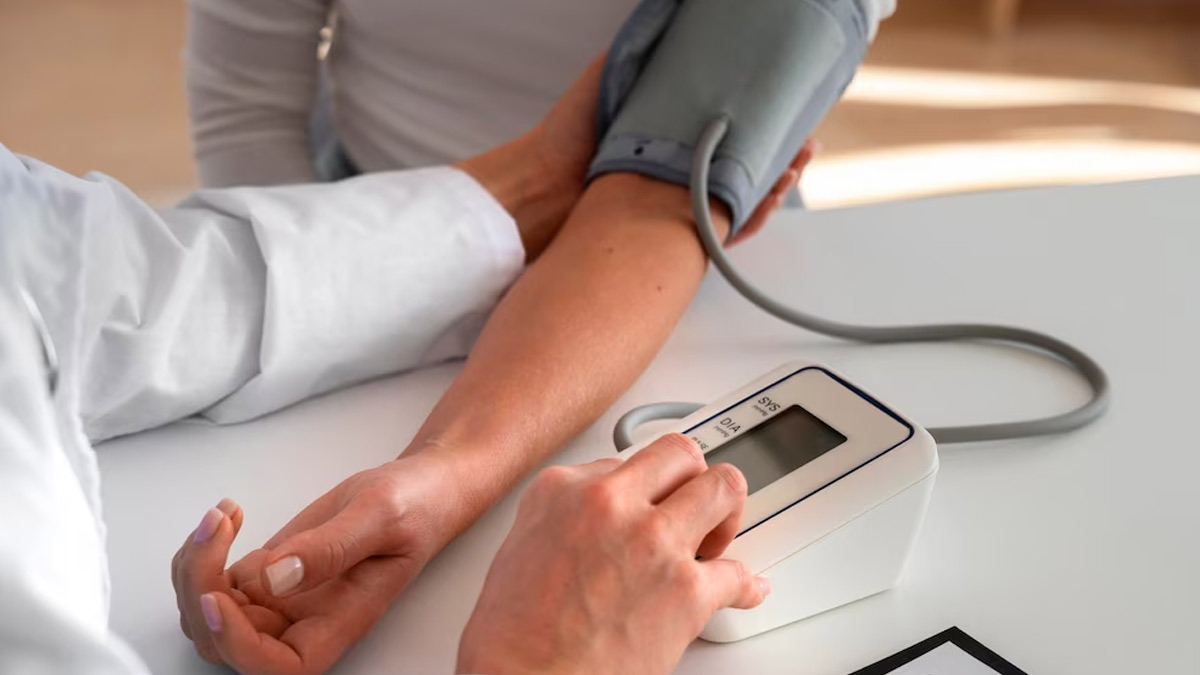
Low blood pressure can be concerning as it can cause symptoms, such as dizziness, lightheadedness, blurred vision, fatigue, and rapid or shallow breathing. Some individuals may also experience cold, clammy skin, and difficulty concentrating. However, low blood pressure or hypotension is not a disease itself but rather a medical condition or symptom, says Dr Gaurangi Shah, Consultant - General Medicine, PD Hinduja Hospital & MRC, Mahim. In an interaction with the OnlyMyHealth team, she helps us understand it in detail.
Table of Content:-
Also Read: Signs You Have A Healthy Heart: Expert Shares Common Indicators
Understanding Low Blood Pressure And Its Causes

Low blood pressure occurs when blood pressure levels are lower than the normal range. Normal blood pressure level is less than 120/80 mmHg. Low blood pressure is generally defined as a systolic pressure below 90 mmHg or a diastolic pressure below 60 mmHg. However, Dr Shah states that even 90/60 mmHg is normal in some people as for every individual, the baseline blood pressure can differ.
According to the doctor, low blood pressure can be caused due to several reasons. One of the top reasons is low blood volume. Diarrhoea, vomiting, low water consumption, dehydration, and factors that do not maintain normal blood volume in the body can cause hypotension, as per Dr Shah. Additionally, she notes that having low haemoglobin can also lead to low blood pressure.
Immediate Steps To Take If You Have Low Blood Pressure
If you experience symptoms of low blood pressure, here are some immediate steps you can take:
Sit or lie down
Find a comfortable position to avoid any risk of falling or injury. Sitting or lying down can help alleviate symptoms and prevent fainting.
Stay hydrated
Drink plenty of fluids, especially water, to maintain proper hydration. Dehydration can worsen low blood pressure symptoms.
Eat a small snack

Consuming a small, balanced snack, particularly one that includes salt or electrolytes, may help raise blood pressure.
Also Read: Measuring Your Blood Pressure Accurately: Expert Shares Tips For At-Home Users
Avoid sudden movements
Make slow and deliberate movements to minimise the risk of dizziness or fainting. Take your time when transitioning from sitting or lying down to standing up.
Seek medical attention
If you continue to experience persistent or severe symptoms, or if you have concerns about your low blood pressure, it is essential to consult a healthcare professional for further evaluation and guidance.
It is important to note that these suggestions are generalised and should not be substituted for professional advice. Speaking with your healthcare provider is the best way to treat and manage your blood pressure.
Also watch this video
How we keep this article up to date:
We work with experts and keep a close eye on the latest in health and wellness. Whenever there is a new research or helpful information, we update our articles with accurate and useful advice.
Current Version